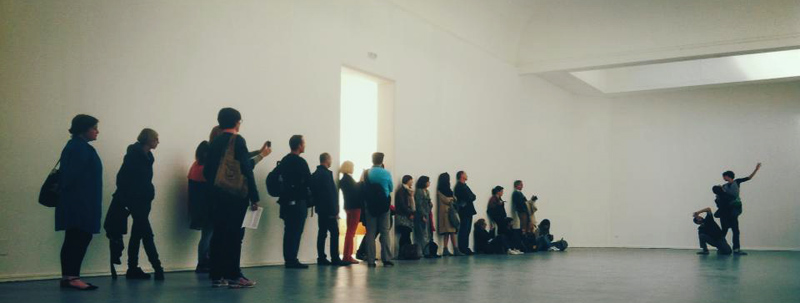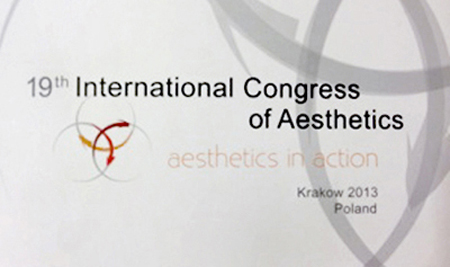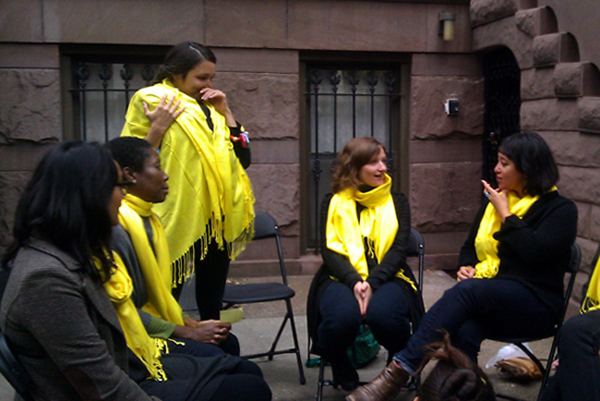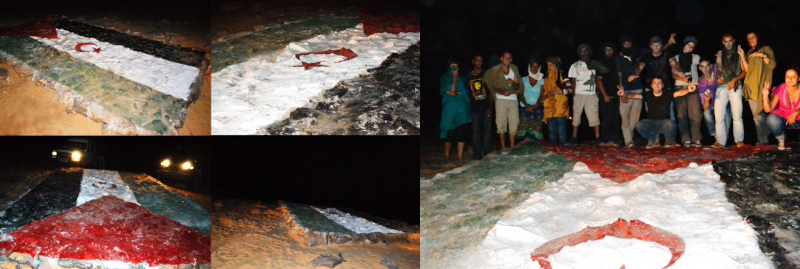On the Topic of Social Practice
Topic: Art and Social Practice
by Emergent Art Space


It is interesting to point out that the theme of the most recent Congress of the International Aesthetics Association, an academic organization of philosophers and theoreticians of art, which took place in Krakow, Poland, in July 2013, was “Aesthetics in Action.” The choice of this theme is an example of the perceived need, even in an academic discipline, to build bridges between theory and practice, between the world of ideas and the engagement with reality, and the increased interest in forms of art that put action and engagement at their core.
One of the panels at the conference was devoted to participatory art, also called socially engaged, community-based art, or tout court ‘social practice.’ Michael Kelly, from the University of North Carolina, introduced the theme. The discussion revolved around the definition of these forms of art, the identification of their shared characters, and their ethical implications.
An effort was made to identify their main features:

- Participation is a necessary part of what constitutes these practices as art; the artistic agency is here more collective than individual.
- Social practice “is not only socially interactive (which all art is to some degree by eliciting responses from people,) but it is also engaged with the public in a variety of ameliorative, critical, antagonistic, and other ways.”
- Social practice typically “takes place outside traditional art institutions, and it aspires to have efficacy beyond art and in the political sphere, especially in pursuit of social justice.”
- Often people who are not professional artists are actively participating in these art practices. “They are typically initiated, but not fully orchestrated by artists.”
- They differ from many forms of political art of the past century, often akin to propaganda, mainly in the fact that those, whether dictated by a regime, or promoted for revolutionary causes, did not involve the direct participation of the public. The public was merely a passive receiver of the political message embedded in the work of art, rather than a constitutive element of the work of art.

Many are the questions raised by art as social practice:
- What distinguishes social practices from social or political projects?
- What makes them “art?” Merely the fact that they are initiated by artists?
- Does the work of art as social practice cease to exist when the participation of the public ends?
- How do participatory art practices vary in different cultures or countries, depending on their distinct artistic, social, and political contexts?
Maybe the diminished trust in traditional forms of political engagement is freeing artists to create new forms of participation, to imagine new possibilities, to maintain all utopian dreams alive.